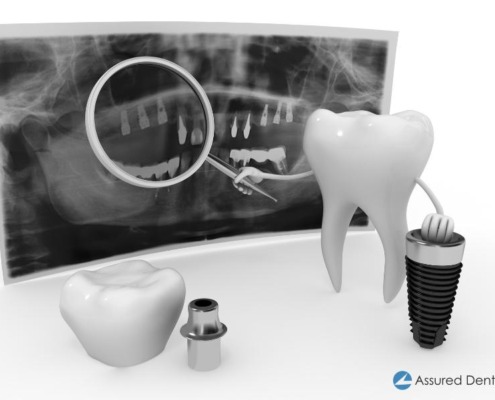
Integrating AI in Dental Lab Technology
0 Comments
/
The advent of artificial intelligence (AI) within dental technology…
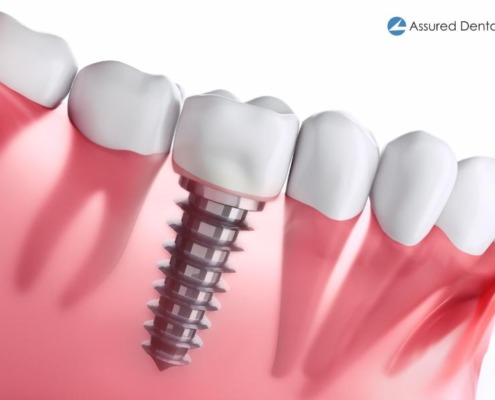
Implant Dentistry: Minimally Invasive Techniques
Minimally invasive techniques in implant dentistry…

How Oregon Association of Dental Laboratories is Transforming Oral Health
The field of dentistry is undergoing substantial changes with…
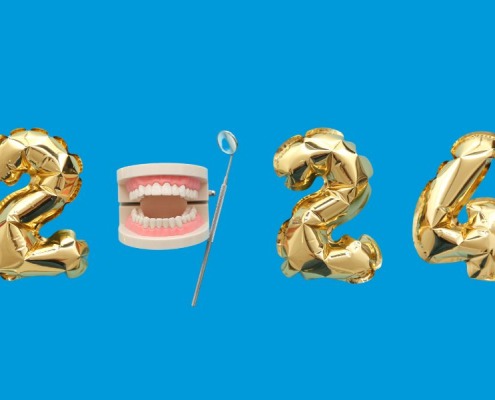 https://assureddentallab.com/wp-content/uploads/2022/10/2024-dental-conventions.jpg
600
900
admin
https://assureddentallab.com/wp-content/uploads/2022/09/Assured-Dental-Logo.png
admin2024-01-29 18:32:582024-01-30 20:32:462024 Dental Conventions In The Pacific Northwest
https://assureddentallab.com/wp-content/uploads/2022/10/2024-dental-conventions.jpg
600
900
admin
https://assureddentallab.com/wp-content/uploads/2022/09/Assured-Dental-Logo.png
admin2024-01-29 18:32:582024-01-30 20:32:462024 Dental Conventions In The Pacific Northwest
Healthy Habits: Celebrating National Dental Hygiene Month with Your Community
National Dental Hygiene Month: A Guide for Dental Professionals
October…
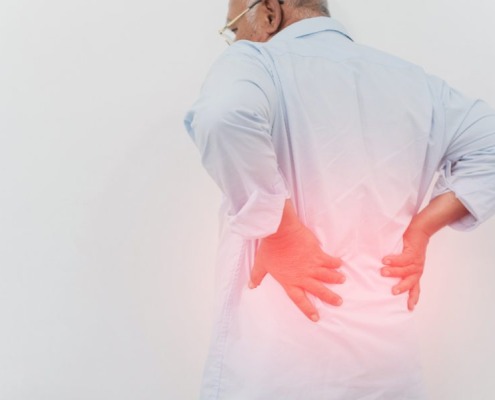
How To Prevent Musculoskeletal Disorders (MSDs) in Dental Professionals
Dentistry is a noble profession dedicated to ensuring oral health…

A Breakthrough in Dental Care: ADA’s New Guideline for Conservative Carious Tissue Removal
The American Dental Association (ADA) has taken a monumental…
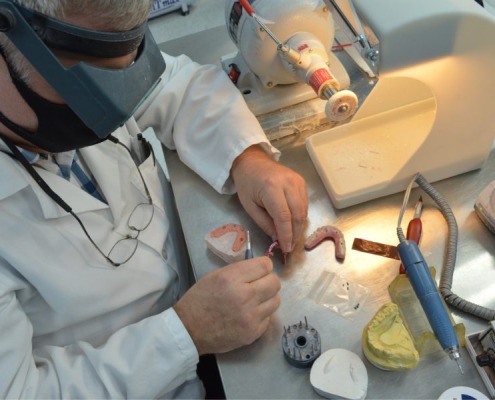
Dental Implants & Treatment: The Power of Patient Communication
As dental professionals, we understand the complexity of dental…
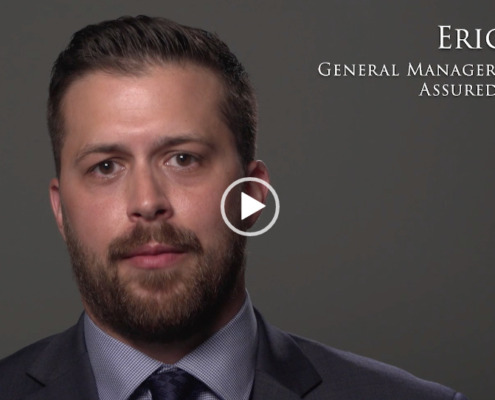
Choosing the Right Dental Laboratory: A Guide for Dental Practices
We understand that as dental professionals, you strive to…
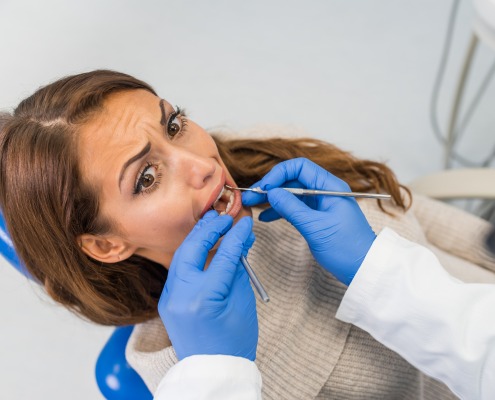
Effective Strategies for Dentists to Help Patients Manage Dental Anxiety
We understand the vital role that dentists play in providing…
